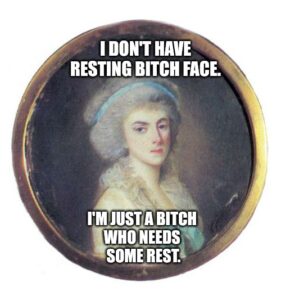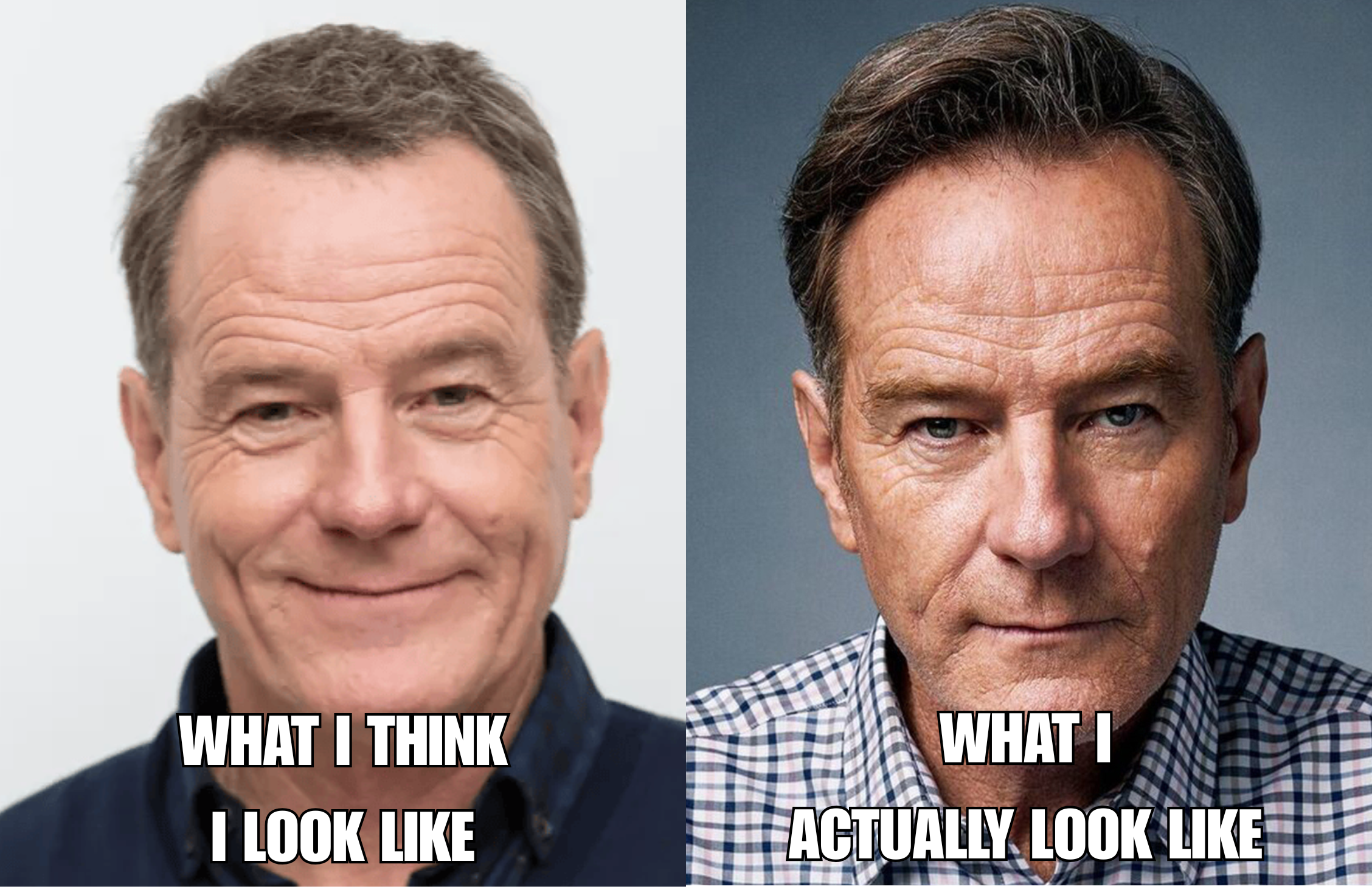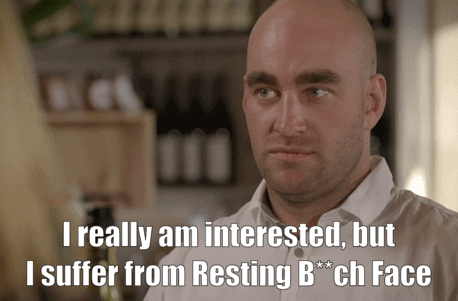A Friendly Public Service Announcement re: RBF
Hey job seekers and candidates! You’ve polished your resume, nailed your cover letter, researched the company (and the hiring manager), and practiced your answers until you can recite them in your sleep. But there’s one crucial element of your interview presence that often gets overlooked: your face!
We’re talking about that innocent, natural expression you have when you’re not actively smiling or engaged in conversation – what’s often, ahem, affectionately known as “Resting Bitch Face” (or RBF).
Now, before you get defensive, understand this: RBF is usually unintentional. It’s simply the neutral position of some people’s facial muscles that can, unfortunately, be misinterpreted as anger, boredom, disinterest, or even contempt. And in a high-stakes environment like a job interview, these misinterpretations can seriously hinder your chances.
The sad part? Most people don’t even realize they’re doing it.
Why does it matter in an interview?
First impressions are everything. Non-verbal communication in a face-to-face setting, including video, makes up 55% of the communication received by the other party. (FYI – Tone and the way we say the words is another 38%, so the actual words don’t mean as much as we think they do).
Interviewers are hearing and listening to your words; but they’re watching your body language, picking up on your energy, and, yes, paying close attention to your facial expressions. If your neutral face sends unintended signals of negativity, it can:
- Make you seem unapproachable or difficult to work with.
- Give the impression you’re not enthusiastic about the role or the company.
- Suggest you’re disengaged or bored, even if you’re deeply concentrating.
- Create an unnecessary barrier to building rapport with your interviewer.
So, what's a candidate to do?
This isn’t about forcing a fake smile for the entire interview. It’s about awareness and intentionality:
- Practice in the mirror or better yet ask a trusted person: Take a few moments to observe your neutral expression. Does it convey what you think it conveys? Try relaxing your brows, slightly lifting the corners of your mouth, or a gentle “smize” (smiling with your eyes).
- Engage actively: Nod occasionally to show you’re listening, lean slightly forward to convey interest, and maintain appropriate eye contact. These small non-verbal cues help counteract any unintended RBF expressions.
- Find your “pleasant neutral”: Experiment with a soft, pleasant expression that feels natural but also looks open and engaged. This might be a very slight, relaxed smile.
- Remember the power of genuine enthusiasm: When you’re talking about something you’re passionate about, your face will naturally light up. Channel that energy!
- Don’t forget the start and end: First and last impressions stick. Offer a warm greeting with a soft and interested tone. Pro tip: Thank them and say their name with a smile at the conclusion of the interview.
Your resume, skills and experience are paramount, but your non-verbal communication speaks louder than you probably realize. Don’t let an innocent facial expression or RBF accidentally send the wrong message
A little awareness can go a long way in ensuring your fantastic qualifications shine through, making that great first impression that lands you the job!
Spread the word! Let’s ensure our best selves are reflected, from resume to RBF!




